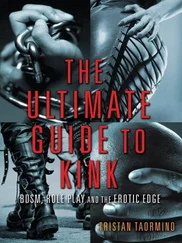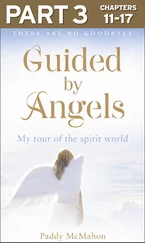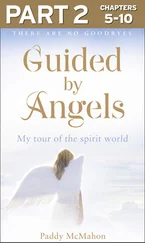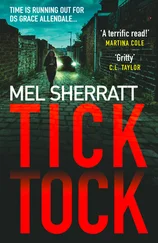

Images of the Resi
Resi flyers assured the nocturnal public that this was “Berlin at its most beautiful.” The institution outlasted Weimar and became a favorite attraction during the 1936 Nazi Olympics. Allied bombers smothered its randy charms in a devastating nighttime raid in 1944. The last Pleasure-Palace of Berlin finally imploded.■
Along the entire Kurfürstendamm powdered and rouged young men sauntered and they were not all professionals; every high school boy wanted to earn some money and in the dimly lit bars one might see government officials and men of the world of finance tenderly courting sailors without any shame.
Stefan Zweig,
The World of Yesterday , 1943
Berlin has become the paradise of international homosexuals.
Ilya Ehrenburg, 1931
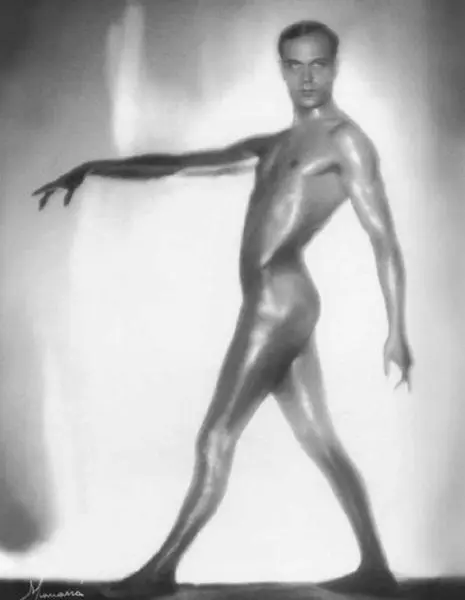
Manassé, Das Magazin , 1931
Prussian military garrisonfor most of its history, Berlin had long been identified with soldierly “sex inversion” and homosexual prostitution. The “shame of Berlin” and its “ever increasing vice”—a subject that caused Lutheran ministers to contort in apoplectic rage—referred explicitly to uranic (or homosexual) activity, not to the more prevalent sight of Beinls carousing in Strichless taverns. 180 years before Christopher Isherwood bade bittersweet farewell to the city of smooth-skinned Line-Boys , Berlin had already been tagged a “bugger’s daydream.”
In the 1750s, Friedrich the Great, the father of modern Prussia, decreed that his Praetorian Guard must forgo the august rites of marriage. German women, he proclaimed, weakened the fighting skills of his Spartan-trained regiment. Following the example of their chivalrous leader and his effeminate brother, Prince Heinrich, the Guardsmen turned to boys for their sexual pleasure—as did much of the Prussian Officer Corps and the elite cadets from Gross Lichterfeld, who could wed without dishonor.
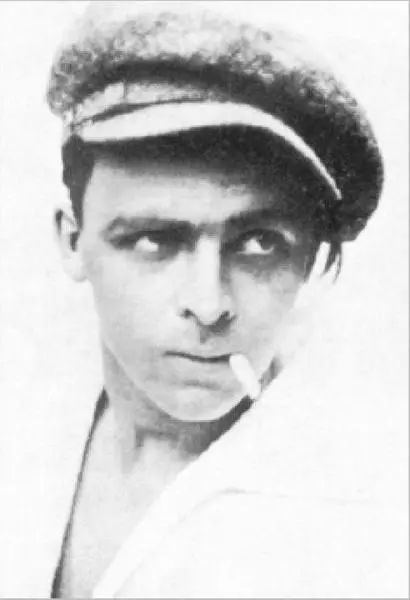
A Line-Boy , Der Eigene , 1924
BERLIN GAY TYPES
ANDROGYNES—Highly refined male homosexuals with distinct feminine features. Often recognized by their plucked eyebrows, “Belladonna” eyes, face powder, lipstick, and heavy use of perfume. They sported sleek Bubikopf or Eton haircuts and modeled themselves after Rudolf Valentino and Conrad Veidt. AUNTIES—Older, large-framed gay men. Usually cross-dressers attired in oversized dressing gowns. [Variant pejorative names: FAT DADDIES, HAUSFRAUS, MALE MENSTRUATORS,or PAWNBROKERS.]
BAD BOYS—Mostly 20-year-olds who traveled in packs of six to eight. Often costumed in garish, leather fetish outfits. On weekends, they moved from Diele to Diele , carrying their own stimulants.
BUBES—Handsome, well-built, working-class men. Typically open-faced and cheery. [Variant names: BURSCHEN or BUTCHERS.]
BRESLAUERS—Men with large penises. [After the German city.]
CELLAR-MASTERS—Top men. [Also known as CANAL-MEN, MOUNTERS, or YOUNG BUCKS.]
COOLIES—[Originally from the Hindi, referring to a low-working caste.] Older Gymnasium or university students who hired LINE-BOYS. Frequently claimed to be straight.
DOLL-BOYS—Youngest gay hustlers, from nine years old to 13. Virtually penniless, most worked solely for food, cigarettes, or lodging. Favorite hangout was the Anatomical Museum in the Linden Passage. Estimated numbers in 1930: 2,000-3,000.
KITTY-RECEIVERS—Bottom men. [Also known as KITTY-SUCKERS.]
LADIES—Male transvestites. [Variant name: SISTERS.]
LINE-BOYS—[Sometimes translated in British guidebooks as “Avenue-Boys,” “Trick-Boys,” and “Game-Boys.”] Teenage male prostitutes, from 15 to 19. Seen everywhere in Berlin, most conspicuously in gangs of four or five in fancy hotel lobbies, gay Dielen and bars near the Alex, and in the Tiergarten. [Also known as BLUE BOYS and YOUNG LIONS.] Estimated numbers: 20,000-25,000.
PISS-ROOM BAIT—Predatory Line-Boy pimps.
SCHWULEN—Generic slang term for all overtly gay men. [Variant names: HOT BROTHERS, HOT UNCLES, 1-7-5ERS (after the infamous paragraph of the German Penal Code), and SOUTHLANDERS.]
SOCIETY MEN—Outdoorsy and heavily-bearded men. Mature, over-50-year-olds. Elaborate facial hair. Bears.
SUGAR-LICKERS—Nighttime gay pederasts.
TREE-STUMPS—Middle-aged homosexual clients in working-class gay Dielen who passively observed the preening boy trade.
WILD-BOYS—Homeless, 12-to-18-year-old gang members. Lived and traveled in small groups on the outskirts of Berlin. Traded sexual favors for cigarettes and meals in low-class Dielen . Estimated numbers in 1929: 1,500-2,500.
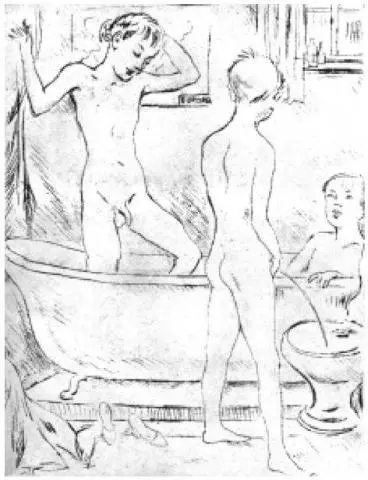
In the Bathroom , 1925
Homosexual attachments were freely acknowledged and officially tolerated at Berlin’s military academies. It was rumored that half the Potsdam militia could be found in the arms of boy prostitutes in the Tiergarten on any Saturday night. Prussian penal codes formally forbade sodomy, calling it “purposeless and obsolete,” but its effect on barracks’ couplings or anonymous street encounters was nil.
Throughout the nineteenth century, Berlin acted as a magnet for pretty German boys from the countryside, bisexuals, and cross-dressers. The city’s jumbled record on Strich regulation and its proximity to the garrison encouraged a growing traffic in Line-Boys and the slow establishment of a homosexual subculture.
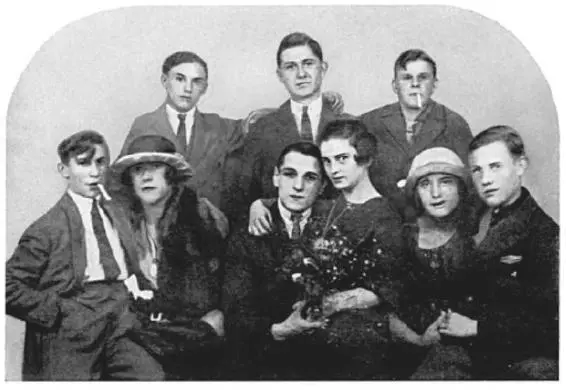
All males at the Marienkasino
By the end of the Wilhelmian era, it was impossible to ignore Berlin’s distinctive queer nightlife, which suddenly flaunted its size and diversity. Socialists, advisors to the Kaiser, schoolboys, federal judges, and pickpockets all participated in it. (Some to their public disgrace and sorrow.) In the Friedrichstadt and adjacent neighborhoods alone, one could count 38 Dielen and cabarets that were devoted to a same-sex male clientele. (After the Collapse, these numbers tripled.) Every dreaded vision that the village preachers had predicted came frightfully true and then some; German-speaking faggots had found a home and an arena for experimentation.
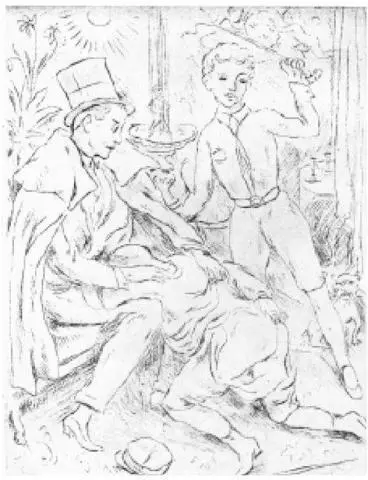
Otto Schoff, Boys’ Love , 1925
The “Homosexual Question”
Читать дальше










